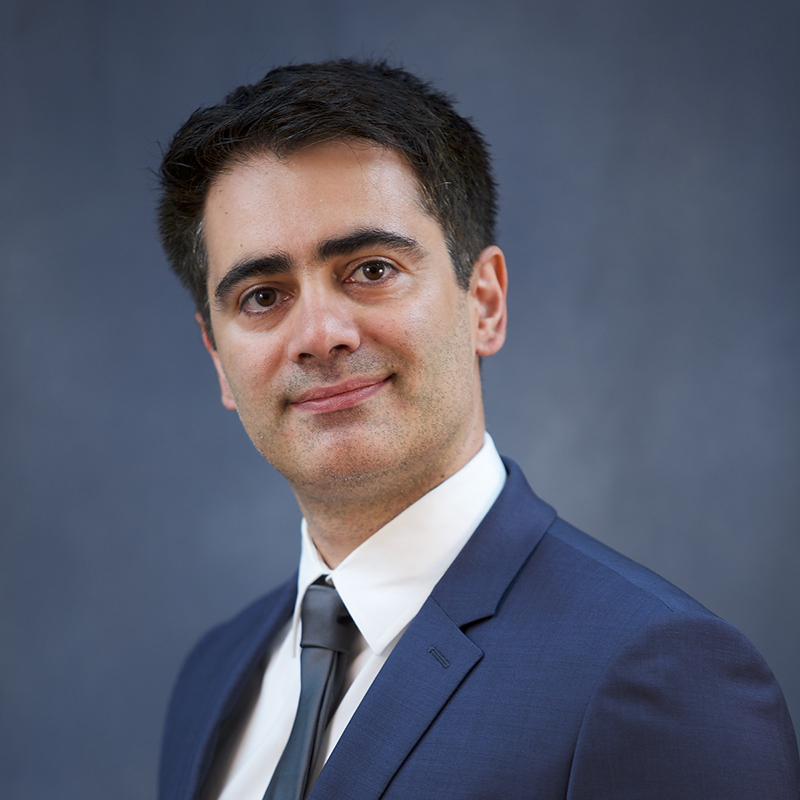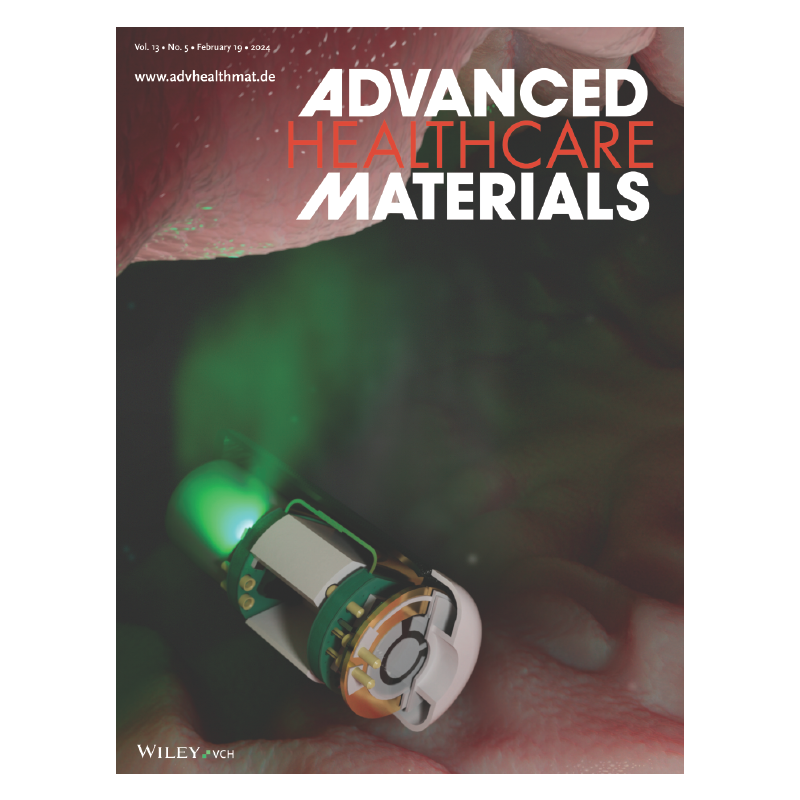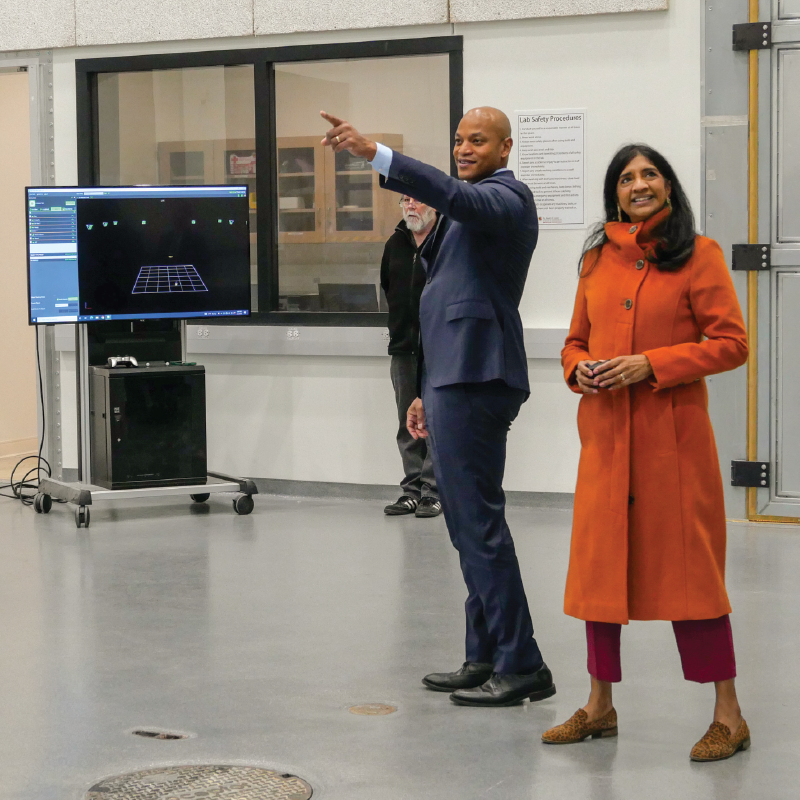News Story
Rubloff leads new M-CINSE nanotech center

Professor Gary W. Rubloff (MSE/ISR) is the founding director of the new Maryland Center for Integrated Nano Science and Engineering (M-CINSE), a partnership among engineering, the physical sciences, and the life sciences at the University of Maryland.
M-CINSE brings together the university’s nano science and engineering community, highly cross-disciplinary researchers who cross conventional lines of organization and discipline. It is housed within the Institute for Research in Electronics and Applied Physics (IREAP).
Rubloff, a former director of ISR, says M-CINSE is driven by two fundamental goals: “First, it emphasizes close integration of science and engineering to provide an optimum engine for technology, products, and fundamental discoveries. Second, it seeks to enhance the coherence and effectiveness of the Maryland nano community.”
M-CINSE will help the university contribute to the nanoscience field at a very high level. In addition, the perspective and connectivity of the M-CINSE community will offer students a rich, cross-disciplinary, and relevant experience in preparing for nano-related science and engineering careers.
ISR faculty participating in M-CINSE include Rubloff; Associate Professor Ray Adomaitis (ChE/ISR); Assistant Professors Benjamin Shapiro (ME/ISR), Reza Ghodssi (ECE/ISR) and Pamela Abshire (ECE/ISR); and ISR-affiliated Professors Christopher Davis (ECE), Neil Goldsman (ECE) and Assistant Professor Elias Balaras (ME).
Rubloff notes that Maryland’s nano community “includes faculty with particular interest in technology transfer and related economic impact who are eager to pursue partnerships with commercial and defense enterprises and generate intellectual property.”
One major part of M-CINSE is the new Keck Laboratory for Combinatorial Nanosynthesis and Multiscale Characterization, which will be housed in the new Jeong H. Kim Engineering Building, opening in 2005.
Conceived by Rubloff, Ichiro Takeuchi (MSE) and Ellen Williams (Physics), the Keck Laboratory will be a centerpiece for pioneering research in combinatorial materials science, scanning nanoprobes, and highly controlled materials synthesis. This will enable new insights into the behavior of nanoscale materials. It is funded by a $750,000 award from the W. M. Keck Foundation of Los Angeles.
The experimental platform will have unprecedented capabilities for rapid exploration of advanced complex smart materials and memory devices, as well as systematic investigation of their physical mechanisms. Laser molecular beam epitaxial growth under ultraclean conditions will enable control and lattice engineering of materials at the atomic level, while in-situ patterning of the materials will deliver combinatorial libraries for rapid materials discovery and development.
A novel microscope will measure the performance of materials through spin resonance microwave microscopy of the nanoscale and surface structure at the atomic scale. The chemical and structural properties of the combinatorial material libraries will be monitored during production using surface analytical techniques; then the samples will be transferred to the microscope under ultraclean conditions. This will enable researchers to establish clear correlations and deep understanding of how the architecture of materials at the nanoscale determines their properties and performance.
Learn more about M-CINSE, its faculty and research, and the Keck Laboratory.
—Sept 2004
Published September 2, 2004









